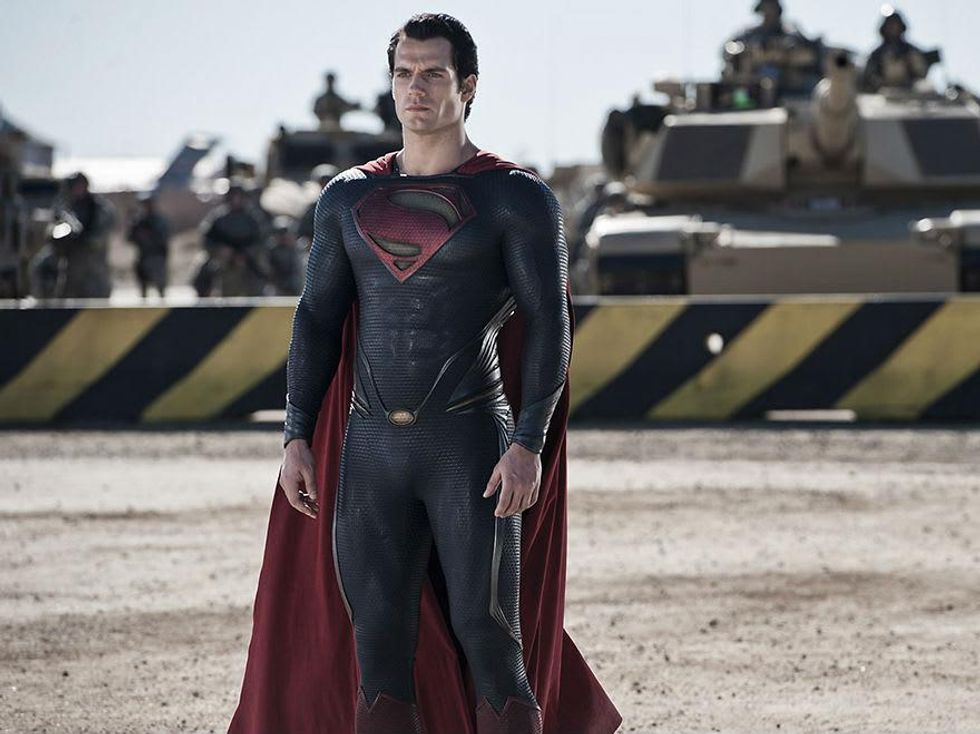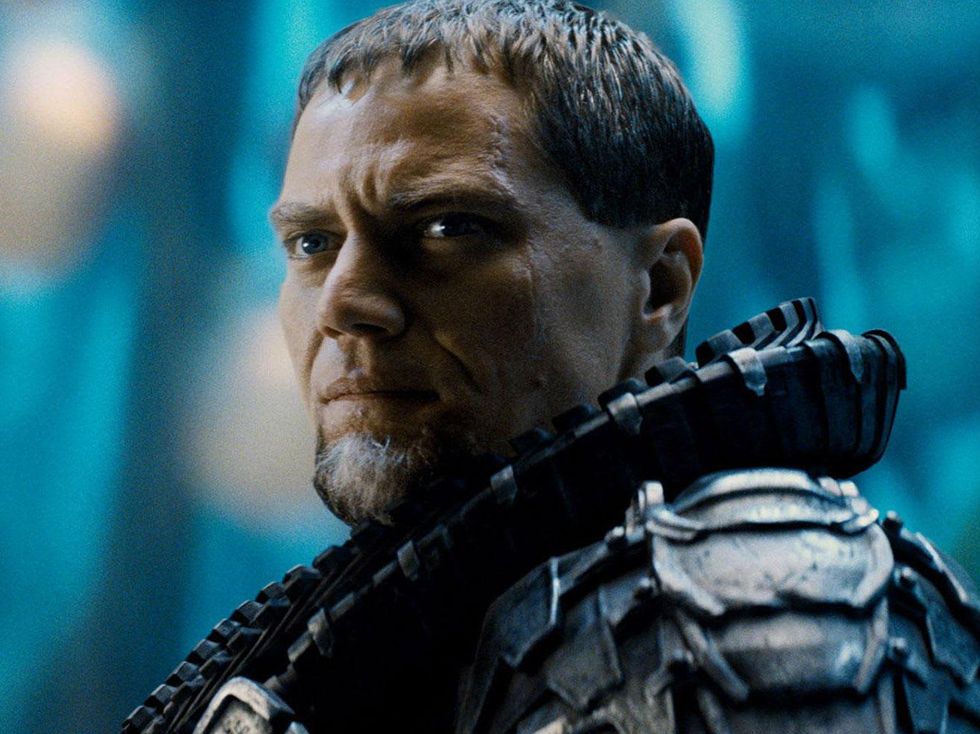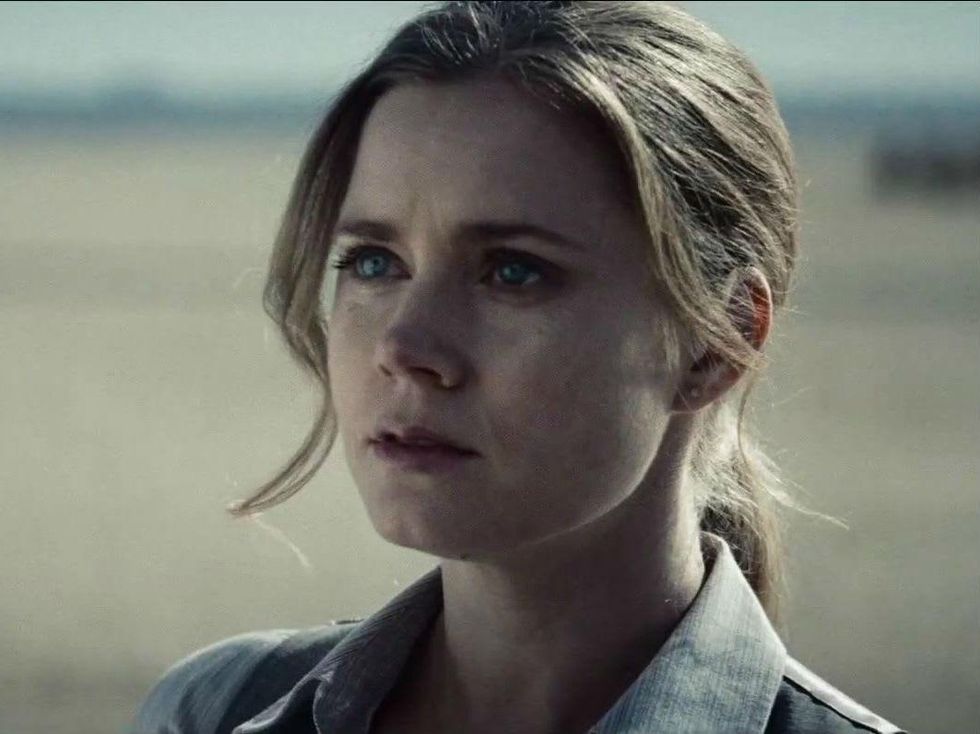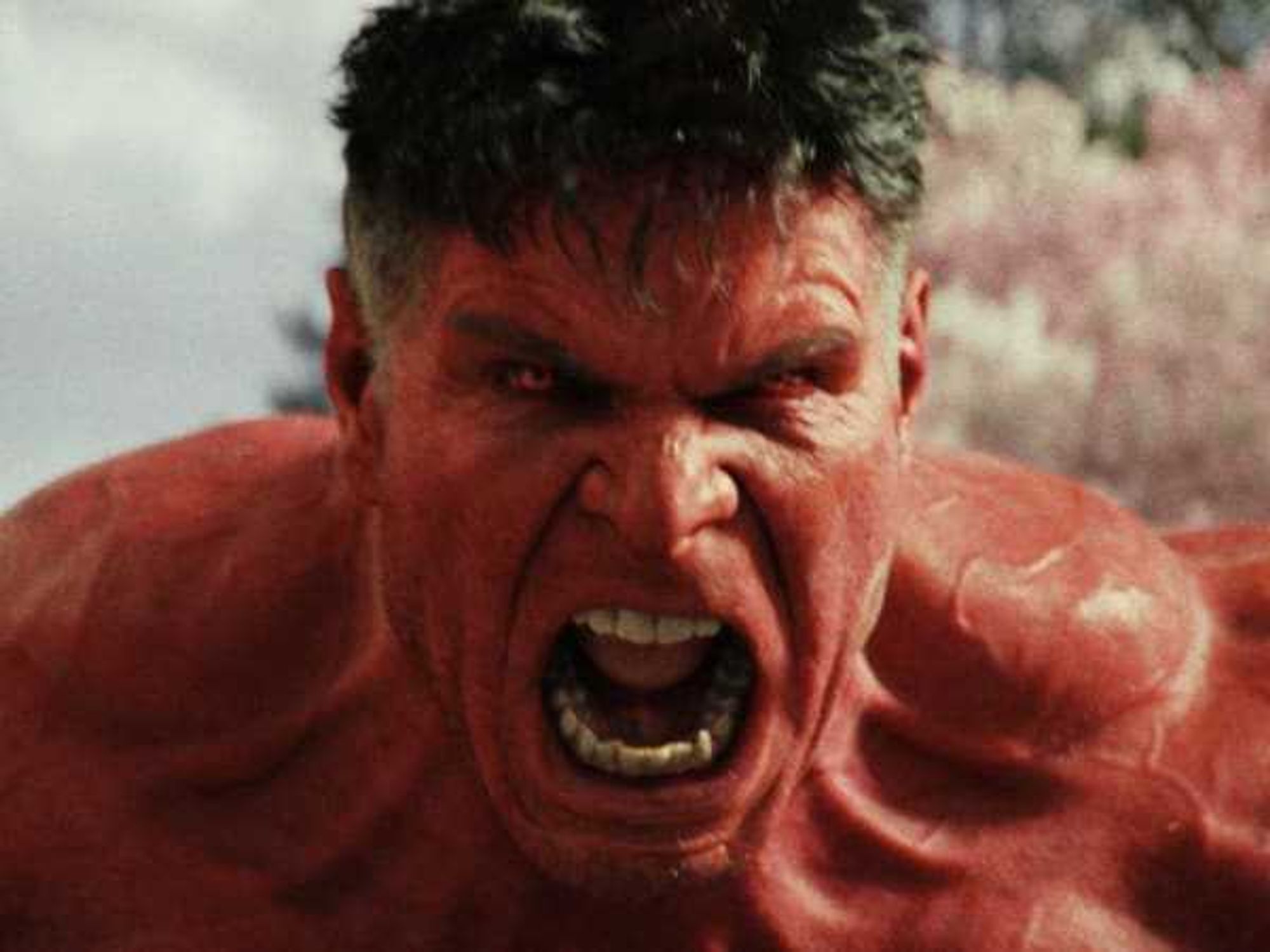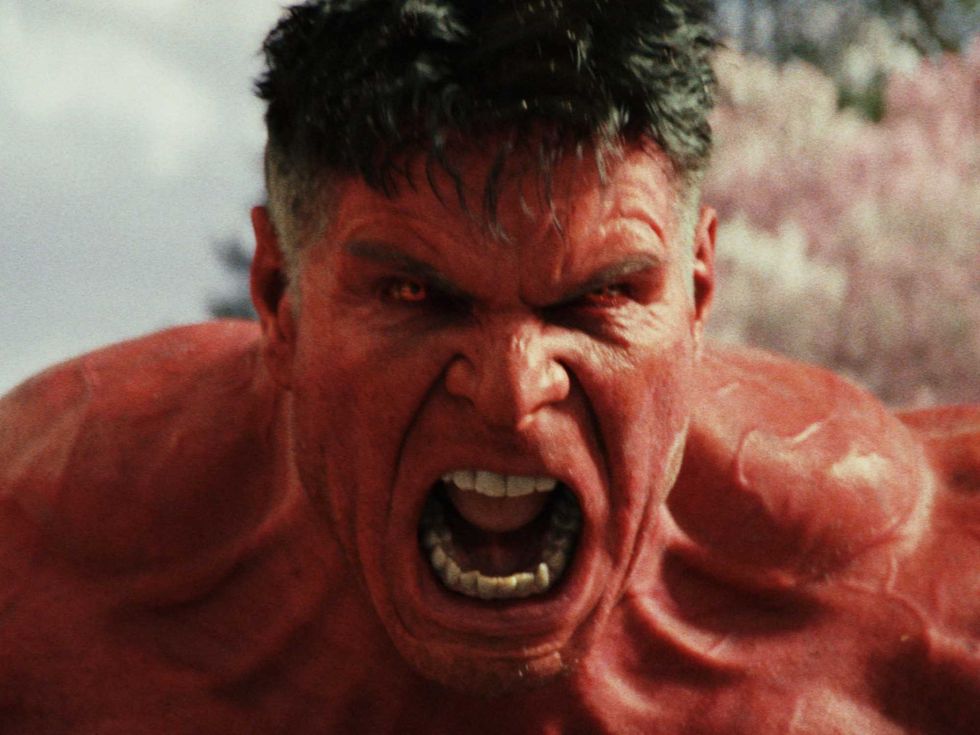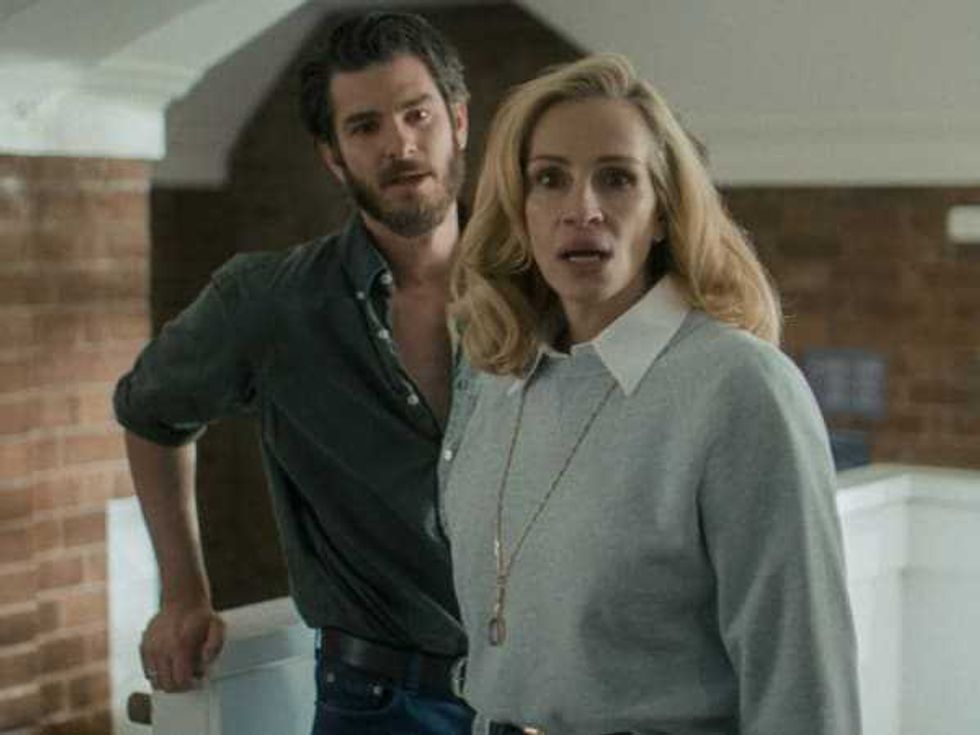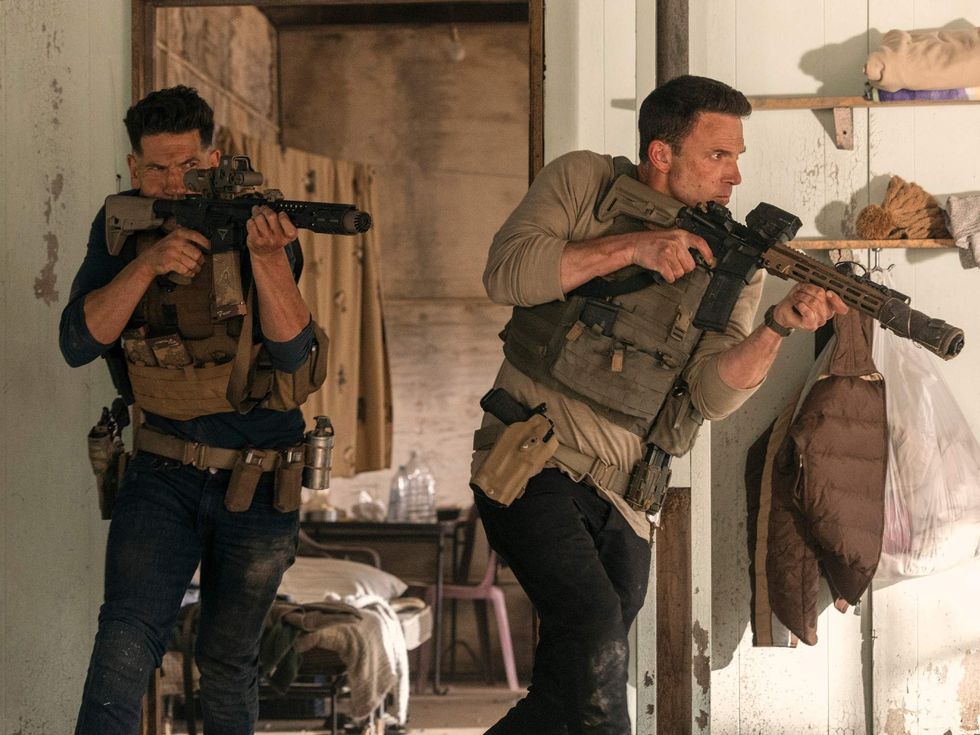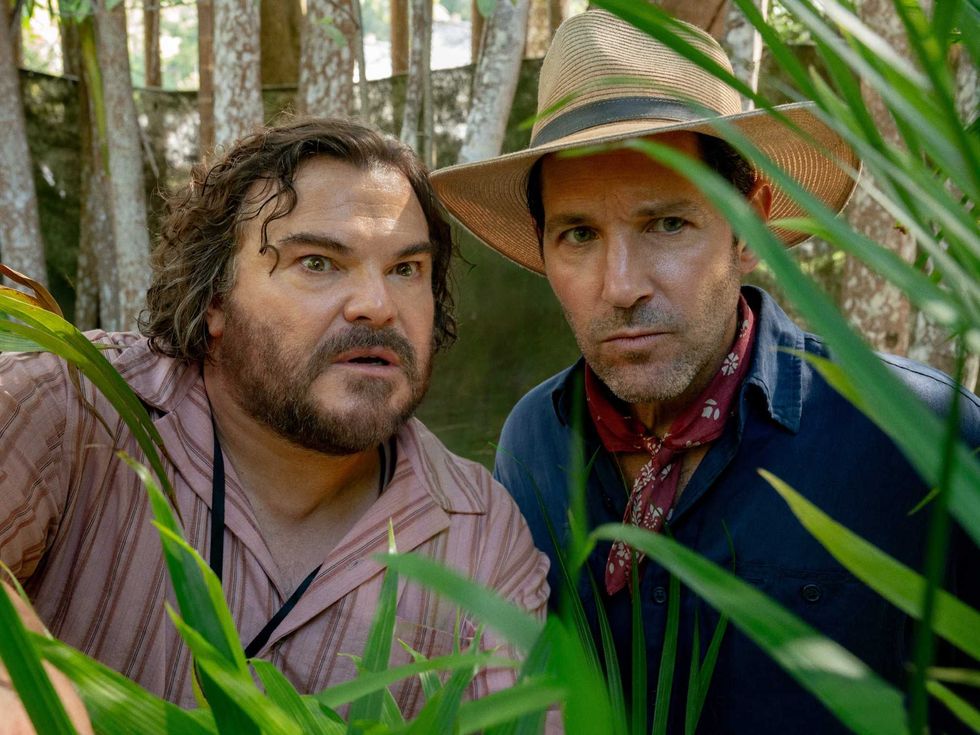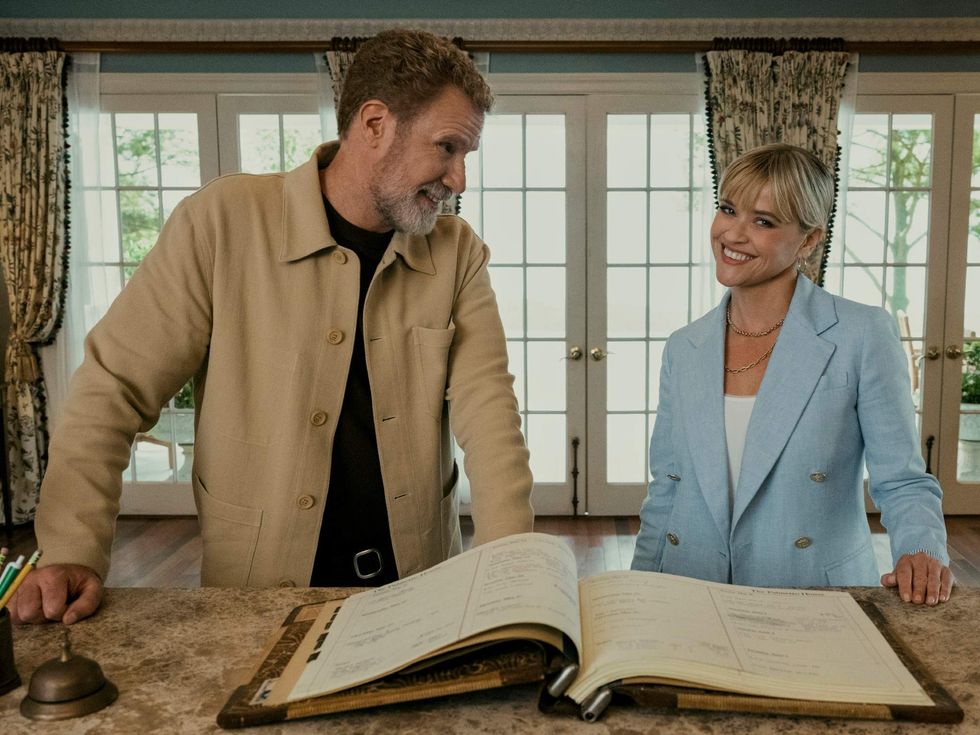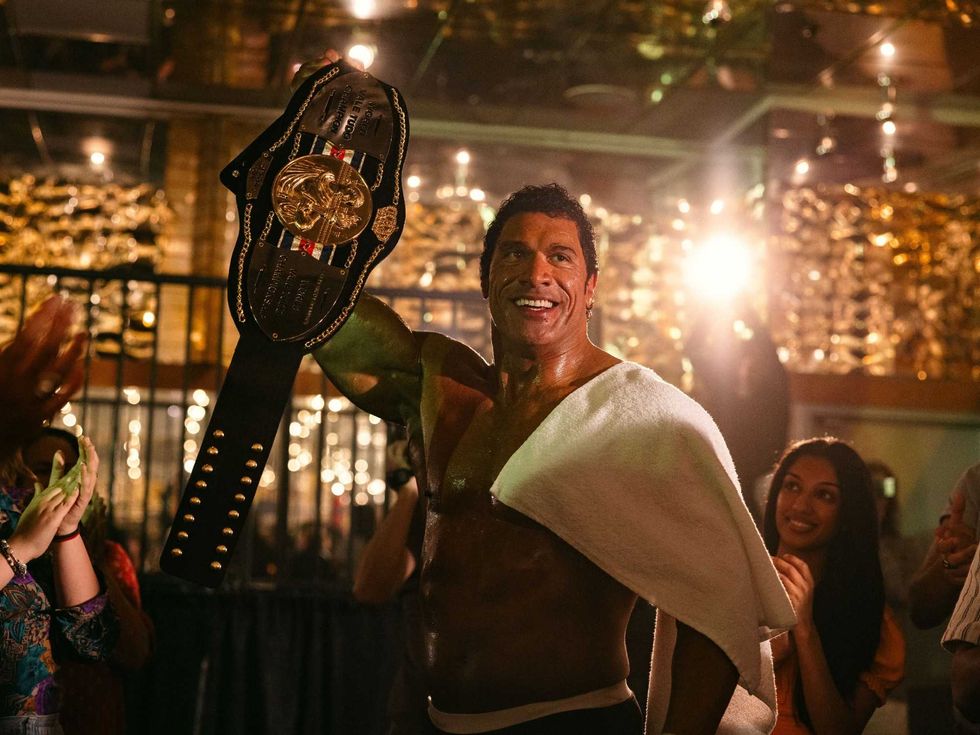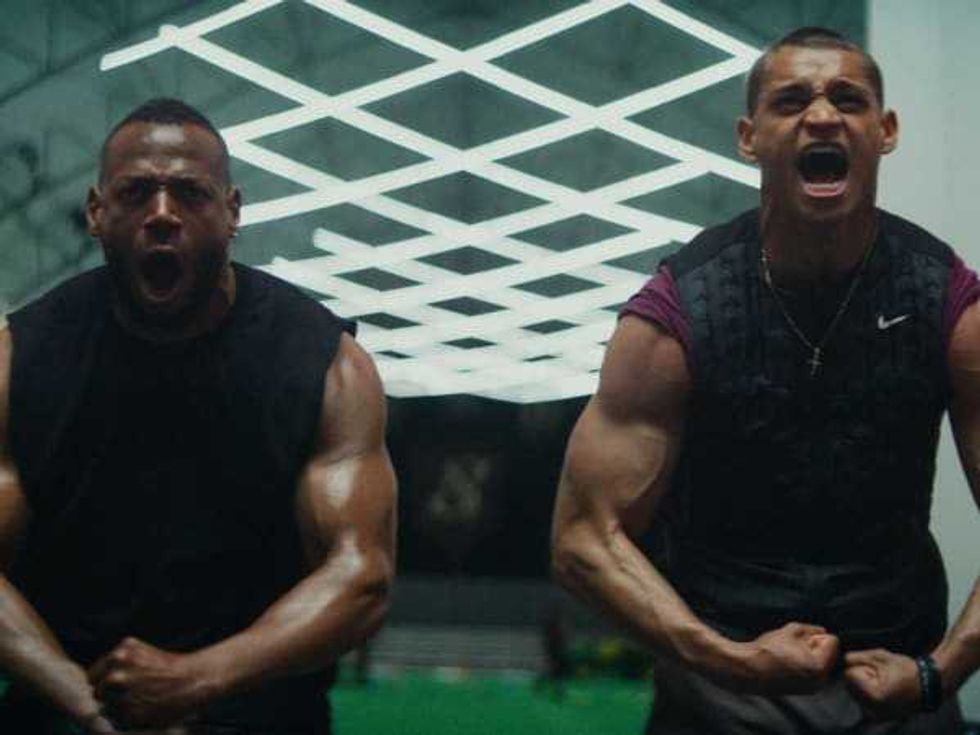Not So Super Movie
Man of Steel takes another wrong turn in Superman saga
Superman is the oldest of the popular comic book superheroes, debuting way back in 1938. For decades, he was also the most iconic, as his wholesome image and unwavering belief in the good of humanity spawned comics, TV shows and movies aplenty.
But 75 years later, it’s fair to ask if Superman’s appeal has lost its luster, especially given the proliferation of other superhero movies. The X-Men, Batman and The Avengers have all spawned mega-blockbuster movies, while 2006’s Superman Returns failed to capture the public’s imagination.
So here we are just seven years later, trying to mine that supposed Superman gold yet again with Man of Steel. Helmed by Zack Snyder (300, Watchmen) and written by David S. Goyer, who knows his way around a comic book movie, the film is a deep dive into the mythos surrounding the origin of Superman (Henry Cavill).
Most of film is dark and brooding, a familiar idea from recent superhero flicks, but it’s a stark contrast to the Superman movies of the ’70s and ’80s.
Bouncing back and forth in time, we witness the infant Kal-El’s expulsion from his crumbling home planet of Krypton by his father, Jor-El (Russell Crowe); glimpses of his Smallville, Kansas childhood with adoptive parents Jonathan and Martha Kent (Kevin Costner and Diane Lane); and his unsettled early adulthood, as he struggles with the idea that the world is not ready to know someone with his powers.
Two events occur that change his thinking: the dogged investigative reporting of Daily Planet reporter Lois Lane (Amy Adams) and an impending attack by former Krypton military leader General Zod (Michael Shannon). With his hand essentially being forced, Kal-El/Clark Kent settles into the role we know and love.
Despite all that exposition, it’s hard to say that we know this version of Superman. For most of its nearly two-and-a-half-hour running time, Man of Steel has an odd rhythm. All that jumping around between different time periods serves as emotional disconnect from the characters — specifically Superman — and the film never recovers.
Additionally, Snyder and Goyer can’t decide exactly what tone they want to have. Most of film is dark and brooding, a familiar idea from recent superhero flicks, but it’s a stark contrast to the Superman movies of the ’70s and ’80s. When they do attempt to include humor here, it falls flat more often than not.
Tone is also an issue with the film’s action scenes. The casual, wanton destruction that occurs in the second half of the film is at odds with what’s set up in the first half. The filmmakers establish early on that this is not your typical turn-off-your-brain summer flick. This makes the way they destroy buildings and kill what has to be thousands of humans without a second thought — and with Superman a party to much of it — pretty disturbing.
As if all of that wasn’t enough, the rampant product placement throughout the film underscores the filmmakers’ other poor decision-making. Yes, product placement is a fact of life for most films, but the bald-faced way it intrudes on the proceedings throughout the movie, including dialogue, is particularly egregious.
The faults of Man of Steel cover up what are actually some pretty good performances. Cavill makes for an impressive Superman, as he’s humble, forthright and physically imposing. Crowe, Costner, Lane, Adams and Shannon all bring great touches to their respective roles, especially Adams and Shannon.
Man of Steel’s filmmakers, which include producer Christopher Nolan, have tried to make Superman seem like he fits into the current superhero landscape, but all they’ve accomplished is showing that he’s never going to be like anybody else. In the right hands, that’s a good thing, but these are not the right hands.

